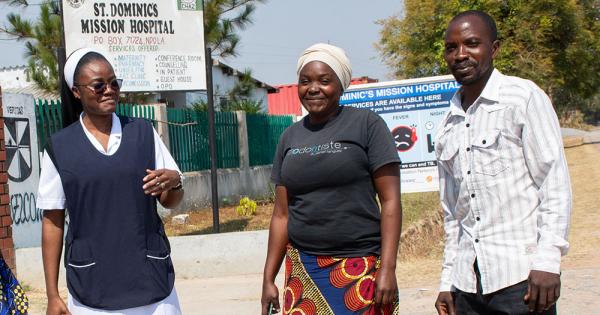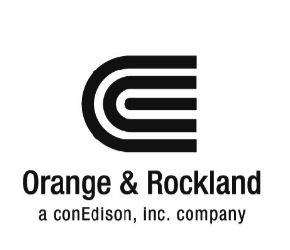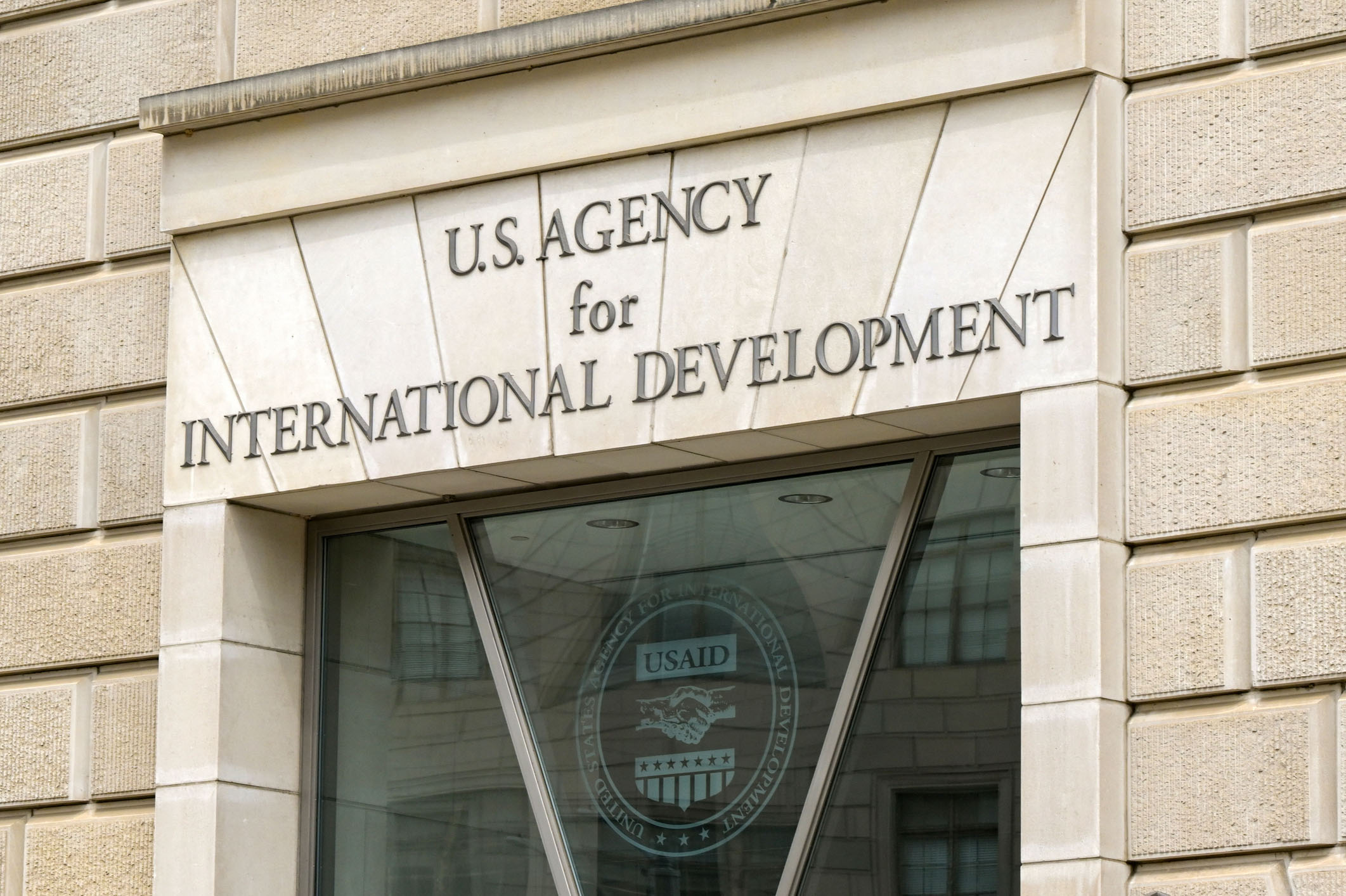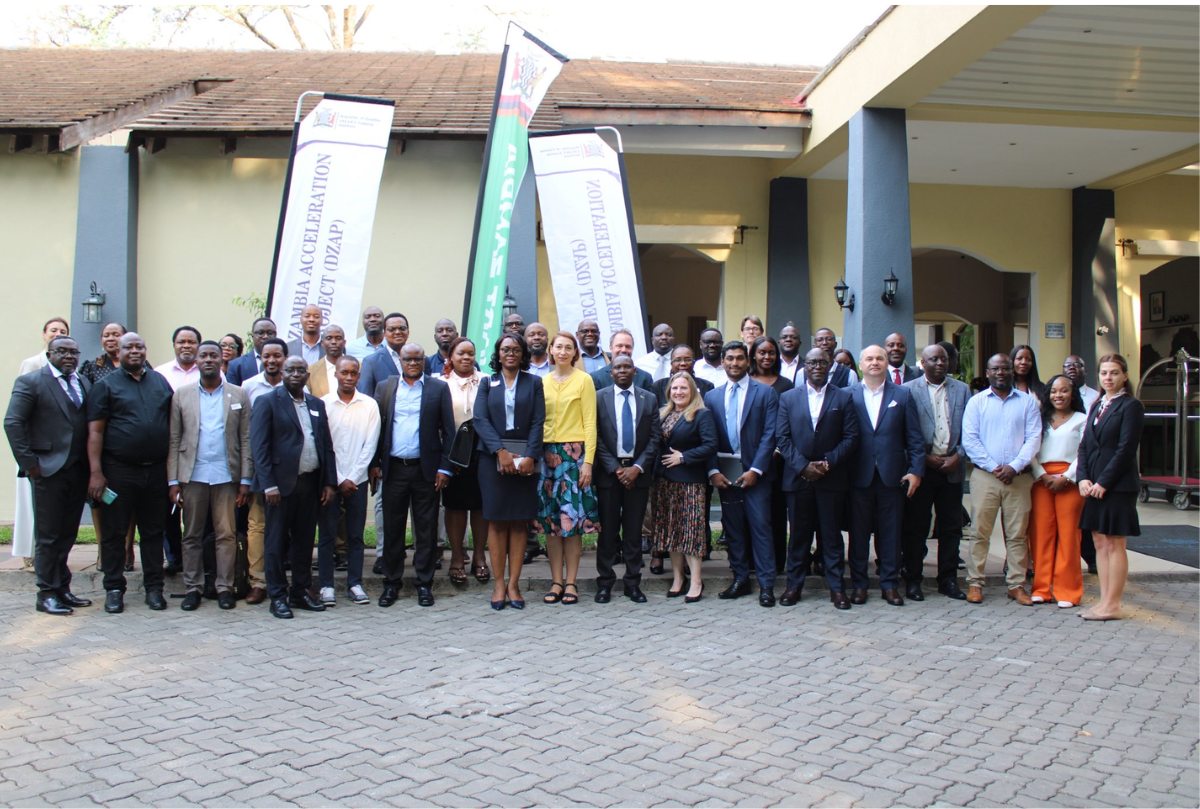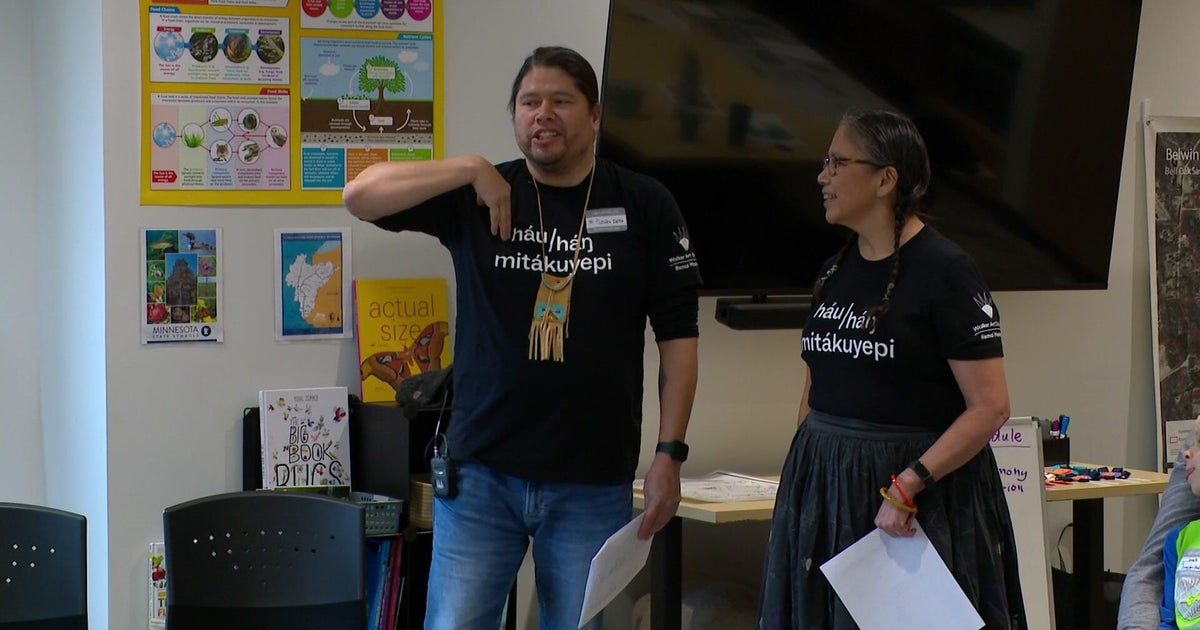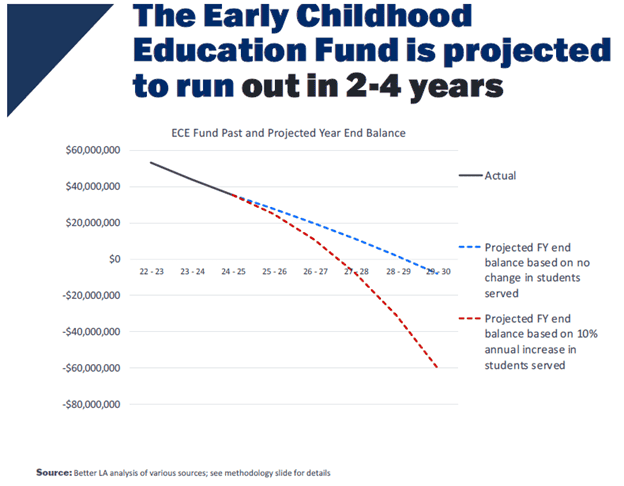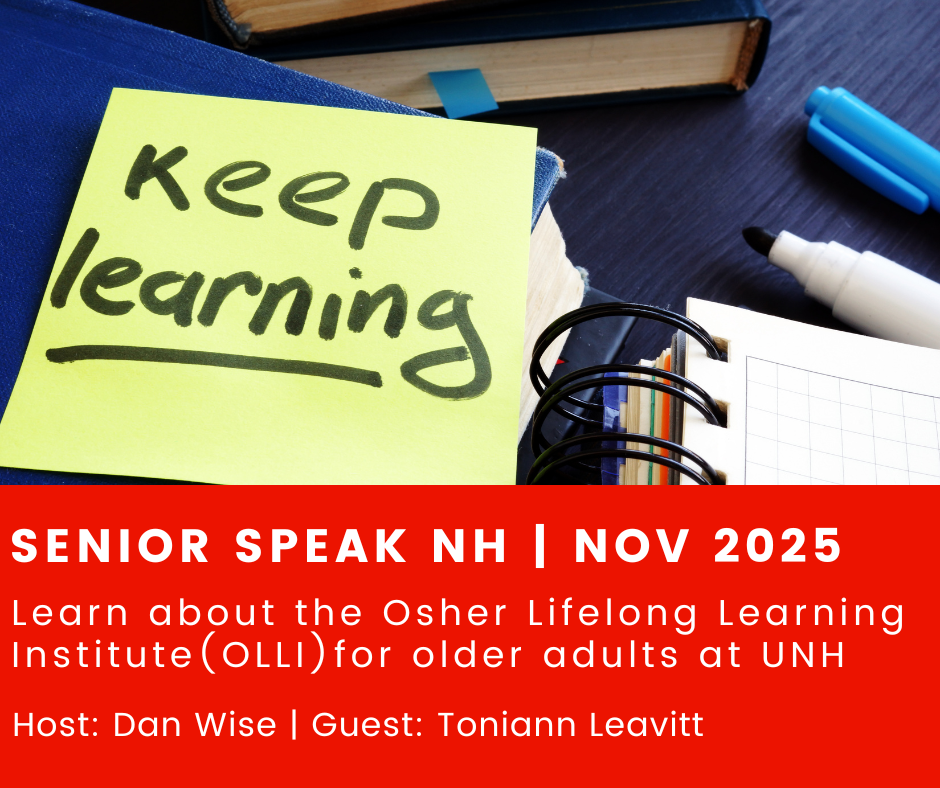Pennsylvania universities cutting costs through layoffs, mergers to meet financial challenge – WHYY

Report on Financial Pressures in Higher Education and Implications for Sustainable Development Goals
Introduction: A Sector in Crisis
The higher education sector in the United States, particularly in regions like Pennsylvania, is confronting significant financial challenges stemming from declining student enrollment and reductions in federal support. This report analyzes the current landscape of university closures, mergers, and cost-saving measures, framing these developments within the context of the United Nations Sustainable Development Goals (SDGs). The instability of these institutions poses a direct threat to progress on key goals, including Quality Education (SDG 4), Decent Work and Economic Growth (SDG 8), and Reduced Inequalities (SDG 10).
Challenges to SDG 4 (Quality Education) and SDG 10 (Reduced Inequalities)
The core mission of providing accessible and quality education is under threat. A confluence of negative factors is undermining the stability required to achieve SDG 4 and is exacerbating existing disparities, which runs counter to SDG 10.
- Declining Enrollment: A 15% drop in student enrollment at institutions of higher learning was recorded between 2010 and 2021, driven by demographic shifts.
- Funding Reductions: Universities face cuts in federal funding for education and research, compounded by staffing reductions at the U.S. Department of Education, which creates uncertainty for financial aid processing.
- Impact on Vulnerable Institutions: Historically Black Colleges and Universities (HBCUs) like Lincoln University face acute pressure. With 98% of its students dependent on federal aid and 25% of its budget tied to unresolved state funding, the university’s ability to serve its demographic is strained, highlighting a direct challenge to SDG 10.
- Institutional Contraction: Since 2016, Pennsylvania has seen 10 higher education institutions either merge or close.
- Closures: The University of the Arts (2024), Pittsburgh Technical College (2024), and Clarks Summit University (2024) have ceased operations.
- Campus Reductions: Pennsylvania State University will close seven campuses after the 2026-27 academic year due to a 30% enrollment decline at some locations.
- Staff Reductions: Temple University eliminated 190 positions to address a significant budget deficit caused by a revenue loss of $200 million from declining enrollment.
Strategic Responses and SDG 17 (Partnerships for the Goals)
In response to these pressures, institutions are adopting collaborative strategies that exemplify SDG 17 (Partnerships for the Goals). These partnerships are crucial for building resilience and ensuring long-term sustainability.
Collaborative Purchasing and Resource Pooling
- The Association of Independent College & Universities of Pennsylvania (AICUP), representing over 80 institutions, manages 39 cost-saving programs.
- These programs facilitate collective purchasing of energy, software, insurance, and computer services, generating tens of millions of dollars in annual savings for members. This approach allows smaller private institutions to remain competitive and financially viable.
Institutional Mergers
- Drexel University and Salus University: This merger combines Salus’s clinical graduate health programs with Drexel’s research infrastructure to enhance research capacity and ensure long-term sustainability.
- Rosemont College and Villanova University: A merger was announced to combine the resources of the two neighboring institutions.
- Lackawanna College and Pierce College: This merger leverages complementary course offerings and Pierce’s strong online presence to better serve working adults.
Impact on SDG 8 (Decent Work and Economic Growth) and SDG 11 (Sustainable Cities and Communities)
Universities function as anchor institutions, making their financial health critical to local and national economies. Their instability threatens both decent work (SDG 8) and the sustainability of communities (SDG 11).
- Economic Contribution: In 2022, the U.S. higher education sector contributed approximately $700 billion to the economy and supported 3 million jobs directly. Combined with hospital anchors, these institutions supported 18 million jobs, representing 9% of the nation’s workforce.
- Local Impact: A 2024 report from the Federal Reserve Bank of Philadelphia notes that college closures and mergers have “profound effects” on local economies, particularly where the institution is a primary center of local activity. Major Philadelphia employers like Drexel, Temple, Penn, and Jefferson University are integral to the city’s economic stability.
- Government Response: The Pennsylvania governor’s 2025-26 budget proposal includes increased funding for community colleges and performance-based funding for state-related universities, recognizing their vital role in the commonwealth’s economic health.
Conclusion: The Enduring Value of Education for Sustainable Development
Despite the sector’s fragility, the fundamental value of higher education remains a powerful engine for achieving multiple SDGs. Industry analysis from Fitch Ratings projects continued restructuring and closures into 2025, citing insufficient revenue growth to offset rising costs. However, leaders in the field emphasize that education is a critical pathway for social and economic mobility, directly supporting SDG 1 (No Poverty) and SDG 10 (Reduced Inequalities). A college degree is reported to translate into approximately $1 million more in lifetime earnings and equips students with critical thinking skills for future careers. As stated by Lincoln University’s president, a primary mission remains moving people out of poverty and into higher socioeconomic levels, reinforcing education’s role as “the great equalizer.”
Analysis of SDGs, Targets, and Indicators
1. Which SDGs are addressed or connected to the issues highlighted in the article?
-
SDG 4: Quality Education
The article’s central theme is the financial crisis facing higher education institutions, which directly impacts the accessibility, affordability, and sustainability of quality tertiary education. It discusses falling enrollment, university closures, and the importance of financial aid for students.
-
SDG 8: Decent Work and Economic Growth
The article highlights that universities are major employers and economic anchors. Layoffs, cost-cutting measures, and the potential economic disruption to local communities caused by university closures or financial distress are key issues discussed, connecting directly to employment and local economic health.
-
SDG 10: Reduced Inequalities
The article specifically mentions the challenges faced by Lincoln University, a historically Black university (HBCU), where 98% of students rely on federal aid. It underscores the role of such institutions in providing opportunities for minority and low-income students, linking the financial stability of these universities to the goal of reducing socioeconomic inequalities.
-
SDG 17: Partnerships for the Goals
The article details various forms of collaboration and partnership as a strategy for survival and sustainability. This includes universities merging with others and joining associations like AICUP to pool resources and reduce costs, demonstrating partnerships as a key tool to address the sector’s challenges.
2. What specific targets under those SDGs can be identified based on the article’s content?
-
SDG 4: Quality Education
-
Target 4.3: By 2030, ensure equal access for all women and men to affordable and quality technical, vocational and tertiary education, including university.
The article addresses this target by discussing the financial barriers and institutional instability that threaten access to higher education. The closure of universities like the University of the Arts and the financial pressures leading to mergers directly impact the availability and accessibility of tertiary education. The article notes that cost-saving measures by groups like AICUP aim to “help keep tuition competitive.”
-
Target 4.b: By 2020, substantially expand globally the number of scholarships available… for enrolment in higher education.
This target is relevant through the article’s focus on financial aid. It highlights cuts in federal funding and changes in Pell Grant programs as major challenges. At Lincoln University, “About 98% of Lincoln students rely on some sort of federal aid,” and uncertainty in the processing of this aid puts immense pressure on both the students and the institution, threatening their ability to enroll and continue their education.
-
Target 4.3: By 2030, ensure equal access for all women and men to affordable and quality technical, vocational and tertiary education, including university.
-
SDG 8: Decent Work and Economic Growth
-
Target 8.5: By 2030, achieve full and productive employment and decent work for all.
The article connects to this target by reporting on job losses in the higher education sector. For example, “Temple said it was eliminating 190 positions, including about 50 layoffs.” It also emphasizes the large-scale economic impact, noting that higher education and hospital anchor institutions “supported 18 million jobs, or about 9% of the nation’s workforce.”
-
Target 8.5: By 2030, achieve full and productive employment and decent work for all.
-
SDG 10: Reduced Inequalities
-
Target 10.2: By 2030, empower and promote the social, economic and political inclusion of all, irrespective of… race, ethnicity… or economic or other status.
This target is addressed through the focus on Lincoln University, an HBCU with a “large percentage of students who receive financial aid and minority students.” The university president states, “Our ability to move people out of poverty and into some of the higher socioeconomic levels will always be important to us,” directly linking the institution’s survival to promoting social and economic inclusion for disadvantaged groups.
-
Target 10.2: By 2030, empower and promote the social, economic and political inclusion of all, irrespective of… race, ethnicity… or economic or other status.
-
SDG 17: Partnerships for the Goals
-
Target 17.17: Encourage and promote effective public, public-private and civil society partnerships.
The article provides direct examples of this target in action. The Association of Independent College & Universities of Pennsylvania (AICUP) is a partnership where member schools “buy insurance together, buy software together, buy energy together, and invest retirement funds together.” Furthermore, the mergers between institutions like “Rosemont College… with nearby Villanova” and “Drexel’s merger with Salus University” are strategic partnerships to ensure “long-term sustainability.”
-
Target 17.17: Encourage and promote effective public, public-private and civil society partnerships.
3. Are there any indicators mentioned or implied in the article that can be used to measure progress towards the identified targets?
-
Target 4.3 (Equal access to affordable and quality tertiary education)
- Student enrollment rates: The article states that “Between 2010 and 2021, the number of students at institutions of higher learning dropped by 15%” and that Temple University’s “enrollment dropped by about 10,000 students since the fall of 2017.”
- Number of higher education institutions: The article reports that “10 higher education institutions have either merged or closed since 2016,” with three closing outright.
-
Target 4.b (Expansion of scholarships and financial aid)
- Percentage of students relying on financial aid: The article provides a specific figure: “About 98% of Lincoln students rely on some sort of federal aid.”
- Government funding for higher education: The article mentions “cuts in federal funding for higher education and research” and a proposed state budget increase of “$13 million for community colleges, $40 million for the state-owned universities and $60 million in performance-based funding for state-related universities.”
-
Target 8.5 (Full and productive employment)
- Number of jobs in the higher education sector: The article states the sector employs “about 3 million people” nationally.
- Number of layoffs/positions eliminated: A specific instance is cited where Temple University was “eliminating 190 positions, including about 50 layoffs.”
-
Target 10.2 (Social and economic inclusion)
- Enrollment of minority and low-income students: The article points to Lincoln University as an HBCU with a “large percentage of students who receive financial aid and minority students,” implying this is a key metric for inclusion.
-
Target 17.17 (Effective partnerships)
- Number of institutional partnerships/mergers: The article explicitly names several mergers, including Rosemont College with Villanova, Lackawanna College with Pierce College, and Drexel University with Salus University.
- Number of collaborative programs: The article mentions that “AICUP manages 39 cost-saving programs” for its member institutions.
4. Summary Table of SDGs, Targets, and Indicators
| SDGs | Targets | Indicators |
|---|---|---|
| SDG 4: Quality Education | 4.3: Ensure equal access to affordable and quality tertiary education. |
|
| 4.b: Expand scholarships and financial aid for higher education. |
|
|
| SDG 8: Decent Work and Economic Growth | 8.5: Achieve full and productive employment and decent work for all. |
|
| SDG 10: Reduced Inequalities | 10.2: Empower and promote the social and economic inclusion of all. |
|
| SDG 17: Partnerships for the Goals | 17.17: Encourage and promote effective public-private and civil society partnerships. |
|
Source: whyy.org

What is Your Reaction?
 Like
0
Like
0
 Dislike
0
Dislike
0
 Love
0
Love
0
 Funny
0
Funny
0
 Angry
0
Angry
0
 Sad
0
Sad
0
 Wow
0
Wow
0









